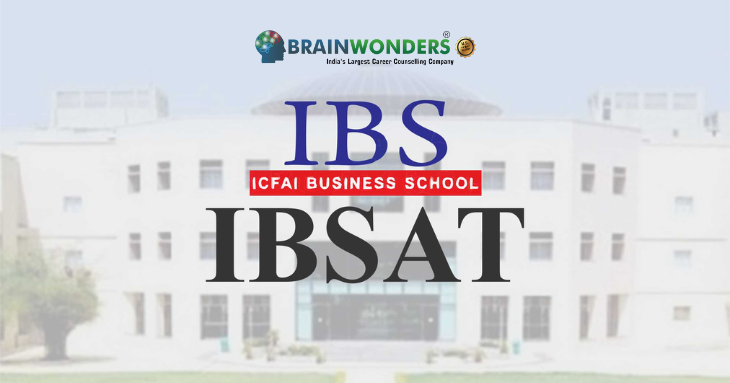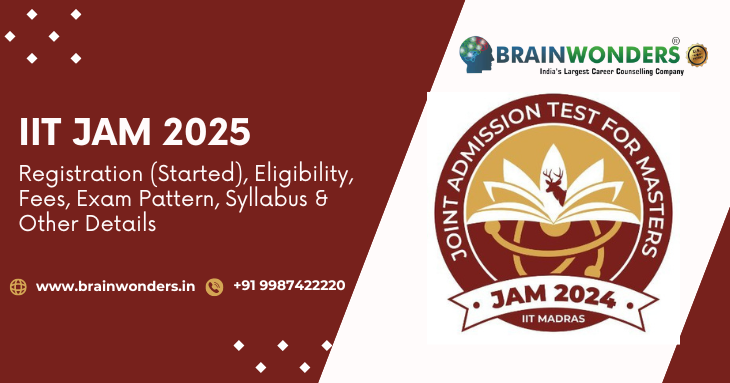

Worry not, because the Brainwonders test and guidance will not only help you know it, but also follow it!
Get expert guidance about your abilities, industries, and best ranked career options for you
Blog
02 January,2024 | By Brainwonders

The National Education Policy 2020 (NEP 2020) marks a shift in India's landscape driven by the visionary leadership of Prime Minister Narendra Modi and the Ministry of Human Resource Development. This thinking policy replaces a framework for three decades and aims to create a modernized education system beyond traditional boundaries.
Unveiled on July 29th, 2020, after receiving approval from the Union Cabinet, the New National Education Policy 2020 sets out to position India as a powerhouse in education. The policy focuses on embracing online learning, extending school hours, and moving away from memorization to establish an accessible learning environment that empowers individuals from diverse backgrounds.
At the core of this policy vision is nurturing skills for the century, such as critical thinking, creativity and problem-solving. The plan encourages establishing institutions, including universities, to leverage technology to enhance students' educational experiences.
One significant departure from practices is the shift from the 10+2 model to a more progressive structure known as 5+3+3+4. This new framework emphasizes developing skills and life competencies at all levels of education.
The National Education Policy 2020 represents India's stride towards a future where education becomes both a privilege and an accessible tool for empowerment. Discover the myriad possibilities this policy holds to revolutionize the landscape in India and stay connected to explore them.
| Aspect | Summary |
| Objective | The New Education Policy in India aims to provide equitable and quality education for ages 3–18. |
| Pedagogical Shift | Shifts focus from rote learning to holistic, practical, and problem-solving education. |
| Assessment Approach | Emphasizes problem-solving abilities over memorization and traditional grading methods. |
| Language Emphasis | Implements a three-language formula, emphasizing regional language, Hindi, and English. |
| Language of Instruction | Initial years (grades 1-5) will use regional languages to ease learning before transitioning. |
| Curriculum Changes | Revised curriculum to prioritize fundamental concepts, skills, and multidisciplinary knowledge. |
| Technology Integration | Aims to enhance the accessibility and effectiveness of education through technology integration. |
| Equitable Education | Aims to bridge the urban-rural education gap, ensuring equal access to quality education for all. |
| Teacher Quality Enhancement | Focuses on teacher eligibility tests, professional development, and improved education programs. |
| Vocational Education | Incorporates vocational and technical education to better prepare students for the workforce. |
| Higher Education Regulation | Establishes a National Higher Education Regulatory Council for oversight and autonomy promotion. |
| Educational Structure | Introduces a 5+3+3+4 system, replacing the 10+2 structure, for a more flexible and focused approach. |
| Higher Education Enrollment Goal | Aims to increase higher education enrollment to 50% by 2035. |
| Higher Education Regulation | Single regulator for HEIs, except Medical and Law Colleges, promoting autonomy and mobility. |
| MPhil Elimination | Eliminates the requirement for an MPhil degree |
The recent revamping of India's education system via the New Education Policy (NEP) 2020 has primarily attracted attention because it transitioned from the traditional 10+2 Structure to the innovative 5+3+3+4 arrangement. This change represents a departure from the established educational framework, introducing a new sequence of learning stages. Let's explore further...
The NEP 2020 introduces an innovative Pedagogical and Circular Structure that classifies student education into four stages: Foundational, Preparatory, Middle, and Secondary. These stages are crucial in nurturing a student's overall development throughout their academic path.
The New National Education Policy 2020 is set to herald a revolutionary period in education. This policy guarantees that educators possess commendable qualifications, reconfigures the duration and content of undergraduate and postgraduate programs, and advocates for instruction in indigenous languages, all with the overarching objective of enhancing education quality, facilitating greater student acquisition of knowledge, and instilling a sense of cultural pride. These modifications will render education more equitable, comprehensive, and dynamic, aiming to equip students thoroughly and encourage them to contribute meaningfully to society.
It was revised following British English language conventions.
New Education Policy (NEP) 2020 is poised to revolutionize the education landscape, bringing about a paradigm shift in student learning while redefining the role of educators. As per this policy, teachers must possess a comprehensive 4-year integrated B.Ed degree, ensuring that well-qualified instructors play a pivotal role in shaping students' destinies. This emphasis on teacher qualifications is poised to elevate the standard of teaching and create a more conducive learning atmosphere.
They intend to establish a central body responsible for supervising higher education, except for law and medical studies, to enhance and standardize education across all institutions.
An integral aspect of the NEP is to promote instruction in students' native languages up to the fifth grade, with the possibility of extending it to the eighth grade in the future. This language provision enhances students' comprehension and facilitates more effective communication with their teachers, fostering a stronger connection to their cultural roots and origins. By encouraging the use of students' mother tongues, the policy aims to facilitate language proficiency and deepen their understanding of their cultural heritage.
India's New National Education Policy 2020 aspires to position the nation as a prominent global hub of knowledge and innovation. This ambitious vision is realized through a comprehensive and significant strategy comprised of four key pillars: accessibility, equity, high quality, and accountability. This strategy introduces innovative primary and higher education approaches to foster holistic student development and facilitate broad-based learning across various disciplines.
The New National Education Policy 2020 foresees a progressive, flexible, and inclusive educational landscape that empowers students with skills to excel in a swiftly changing world, all while upholding academic excellence and fostering holistic development.
The National Education Policy 2020 represents a significant transformation in Indian education, enhancing the system's inclusivity and student-centred approach. Its objective is to address educational challenges and provide high-quality learning opportunities to all students, regardless of their financial background.
The policy advocates for a comprehensive and unified educational framework, prioritizing skill development, interdisciplinary learning, and the cultivation of innovative and analytical thinking. Furthermore, it emphasizes integrating technology and digital learning tools to enrich the educational experience.
In summary, the National Education Policy 2020 marks a crucial step towards reforming the Indian education landscape. By catering to diverse learning needs, fostering creativity, and leveraging technology's potential, this policy lays the foundation for a more promising and equitable future for students nationwide.
Do you have further inquiries or wish to explore its implications on your education? Feel free to connect with industry experts at Brainwonders! Brainwonders experts are always available to assist students like you, from the 9th, 10th, 11th, and 12th grades, in making well-informed career choices.
Worry not, because the Brainwonders test and guidance will not only help you know it, but also follow it!



,_Syllabus,_Pattern,_Old_Question_Papers.png)

